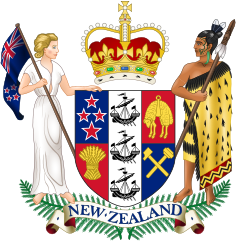| Reserves Act 1977 | |
|---|---|
 | |
| New Zealand Parliament | |
| |
| Royal assent | 23 December 1977 |
| Commenced | 1 April 1978 |
| Legislative history | |
| Passed | 1977 |
| Status: Current legislation | |
The Reserves Act 1977 is an Act of Parliament passed in New Zealand. It is administered by the Department of Conservation
Contents
It contains provisions for the acquisition, control, management, maintenance, development and use of public reserves. [1]